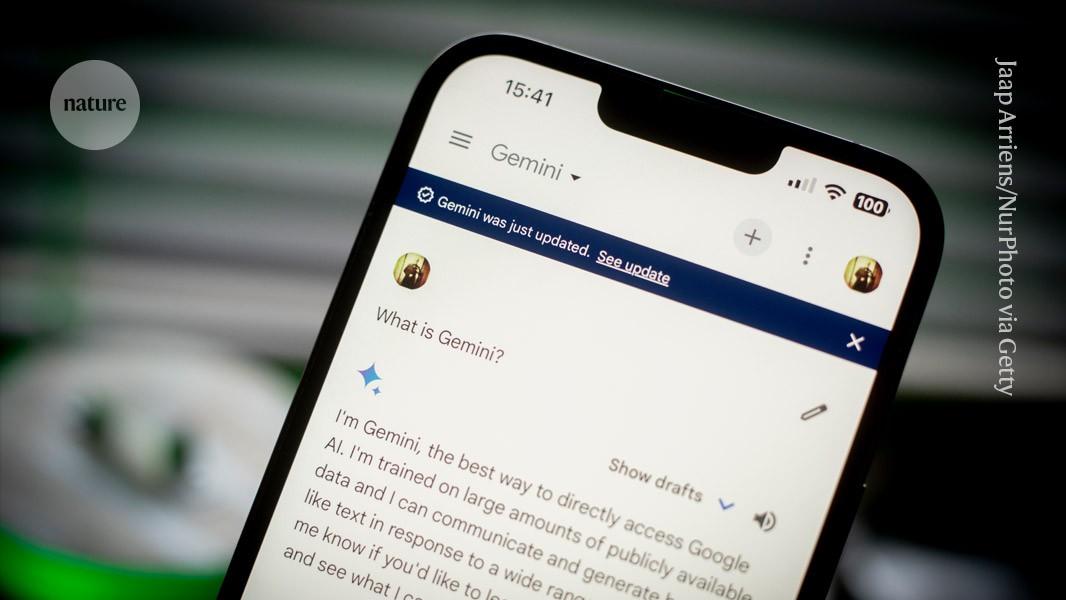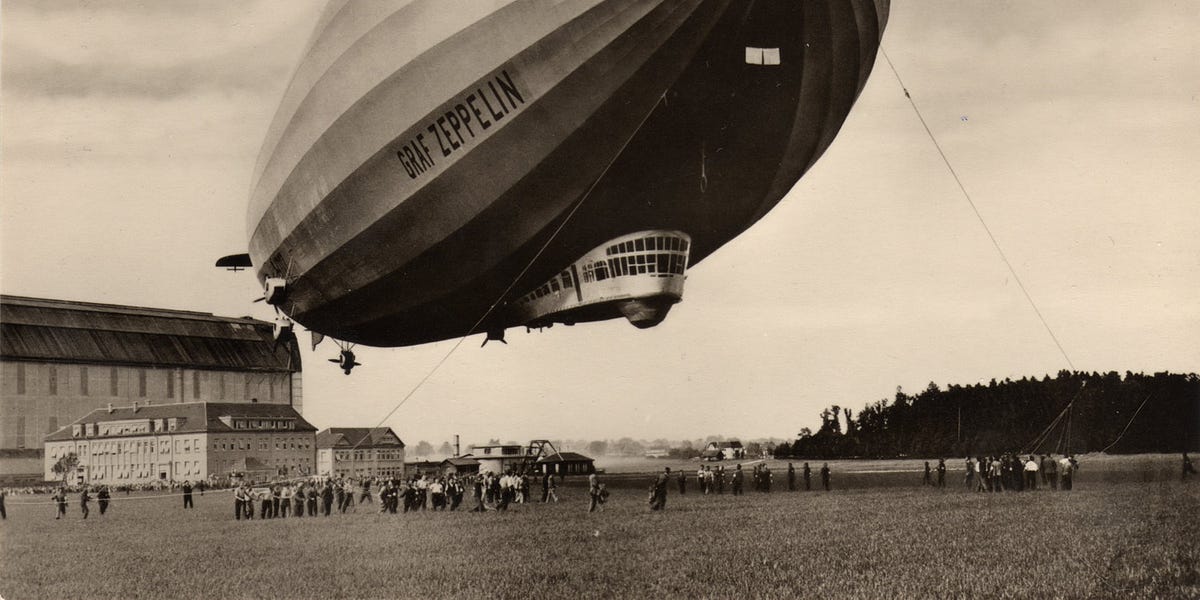- Arvind's Newsletter
- Posts
- Arvind’s Newsletter
Arvind’s Newsletter
Issue No. #1114
1.Digital payments double in 3 years, cash transactions fall: RBI report
By March 2024, cash still represented 60% of consumer spending, but it's on the decline, driven by the post-Covid shift to digital payments, revealed a study by an economist of India’s central bank, the Reserve Bank of India (RBI). According to The Business Standard, digital payments surged from 14-19% in 2021 to 40-48% in 2024. Unified Payments Interface (UPI), launched during 2016's demonetisation, exploded after the 2020 lockdown, with average transaction sizes dropping from Rs 3,872 in 2017 to Rs 1,525 in 2024 as it became a go-to for small purchases. Cash remains dominant for low-value buys, but UPI now drives person-to-merchant transactions with its value share climbing from 33% to 69% between 2020-21 and 2023-24.
2.Xi Jinping’s meeting with Narendra Modi signals China-India thaw
Xi Jinping and Narendra Modi, the Chinese and Indian leaders, have held their first formal bilateral meeting in five years, marking an apparent thaw in relations between the neighbouring nuclear-armed states. The meeting, at the leaders’ summit of Brics nations in Kazan, Russia, on Wednesday, came days after the two countries announced an agreement on patrols along their disputed border, the site of deadly clashes four years ago.
The Chinese president used his meeting with India’s prime minister to urge co-operation between their nations as “two major developing countries and important members of the global south”, state news agency Xinhua reported. China and India should “properly handle” differences and “set an example” for other developing countries to unite and promote “the multipolarisation of the world and the democratisation of international relations”, Xi said.
“The two leaders affirmed that stable, predictable and amicable bilateral relations between India and China, as two neighbours and the two largest nations on earth, will have a positive impact on regional and global peace and prosperity,” India said in a communique.
3.German Chancellor Olaf Scholz arrives in India today to bolster economic cooperation in a bid to reduce Berlin’s reliance on China.
Since the turn of the century, China’s exports to Germany have grown more than tenfold, becoming the latter’s biggest source of imports. However Berlin, stung by the economic fallout of its reliance on Russian gas imports and struggling to boost anaemic economic growth is trying to reduce its dependency on a single country. Some believe India’s close ties with Russia could complicate a strategic partnership with Germany, NDTV reported, but Berlin is hopeful: “India is the litmus test, so to speak. If de-risking China is to work,India is a key to it ,” an official at the German Chamber of Commerce told Reuters.
4.Entertainment industry loses Rs 22,400 cr due to piracy in 2023: EY-IAMAI
Rs 22,400 cr is the loss the Indian entertainment industry bore in 2023 thanks to piracy according to The Rob Report by EY and the Internet and Mobile Association of India. The report, according to PTI also found that a major part of media consumers in the country, 51%, access content through pirated sources. While OTT platforms have thrived in India, the report found that the high cost and hassle of managing multiple subscriptions still deter people from using them.
5.North Korea has sent troops to Russia, though their exact purpose is unclear, the US said Wednesday.
The confirmation came after South Korea said 3,000 North Korean troops were being trained in Russia with the aim of sending 10,000 by December. Officials fear that in exchange, Moscow could give Pyongyang advanced weapons technology to boost its missile and nuclear programs.
“We are in a whole new era if North Korean soldiers are dying for Putin,” an expert told The New York Times. “It will raise the ask when Kim makes demands, and Putin will give him what he wants.”
But the move also reflects the Kremlin’s desperation over its weakening strategic power, a British defense expert told The Economist.
6.Google unveils invisible ‘watermark’ for AI-generated
Researchers at Google DeepMind in London have devised a ‘watermark’ to invisibly label text that is generated by artificial intelligence (AI) — and deployed it to millions of chatbot users.
The watermark, reported in Nature on 23 October, is not the first to be made for AI-generated text. Nor is it able to withstand determined attempts to remove it. But it seems to be the first at-scale, real-world demonstration of a text watermark. “To my mind, by far the most important news here is just that they’re actually deploying this,” says Scott Aaronson, a computer scientist at the University of Texas at Austin, who until August worked on watermarks at OpenAI, the creators of ChatGPT based in San Francisco, California.
7.The Neom giga-project in Saudi Arabia is currently using one fifth of all the steel produced in the world, an official said.
The futuristic city will be the world’s largest customer for construction materials for several decades, said Manar Al Moneef, Neom’s chief investment officer.
She told the Global Logistics Forum in the King Abdullah Financial District in Riyadh that the $500 billion project would be one of the world’s leading drivers of the global logistics sector in coming years.
“Neom is going to be the largest customer over the next decade. If you look at our demand in logistics it’s 5 percent of the global logistics market,” she told the forum, in rare public comments.
Saudi Arabia is preparing to begin construction work on its next giga-project: a cube-shaped skyscraper big enough to fit 20 Empire State Buildings.
The Muskaan will be 400-meters on each side when construction is finished, which would make it the largest built structure in the world. The building will be the centerpiece of New Murabba, a community the country hopes will be a new destination within the capital city of Riyadh.
“It’s masquerading as a building today but it’s so much more,” Michael Dyke, chief executive officer of New Murabba, said in an interview. “Ultimately, a capital city the size of Riyadh deserves to have a global, central icon as other capital cities do.”
8.Airships to come back ?Cargo airships could be big
A lot of people think that the Zeppelin era ended merely because the Hindenburg erupted into flames in 1937 in front of newsreel cameras, killing 35 of the 97 people on board in the inferno.
And after World War II, the Lockheed Constellation, with its pressurized cabin, 5,400-mile range, and 340-mph cruise speed took over the transatlantic market.
Passenger airship demand was headed to zero no matter what. Airplanes won because they were faster.
But there is another market that is not as sensitive to speed: freight. A shipping container doesn’t suffer detrimental health effects from sitting for hours on end. It doesn’t complain about yet another airplane meal. It doesn’t feel gross if it doesn’t get a shower. It doesn’t get bored on a long flight.
Could airships make a comeback serving the freight market? The idea is compelling, but it faces serious obstacles. Read on.






